Home>Renovation & DIY>Home Renovation Guides>What Is A 3-Season Sunroom
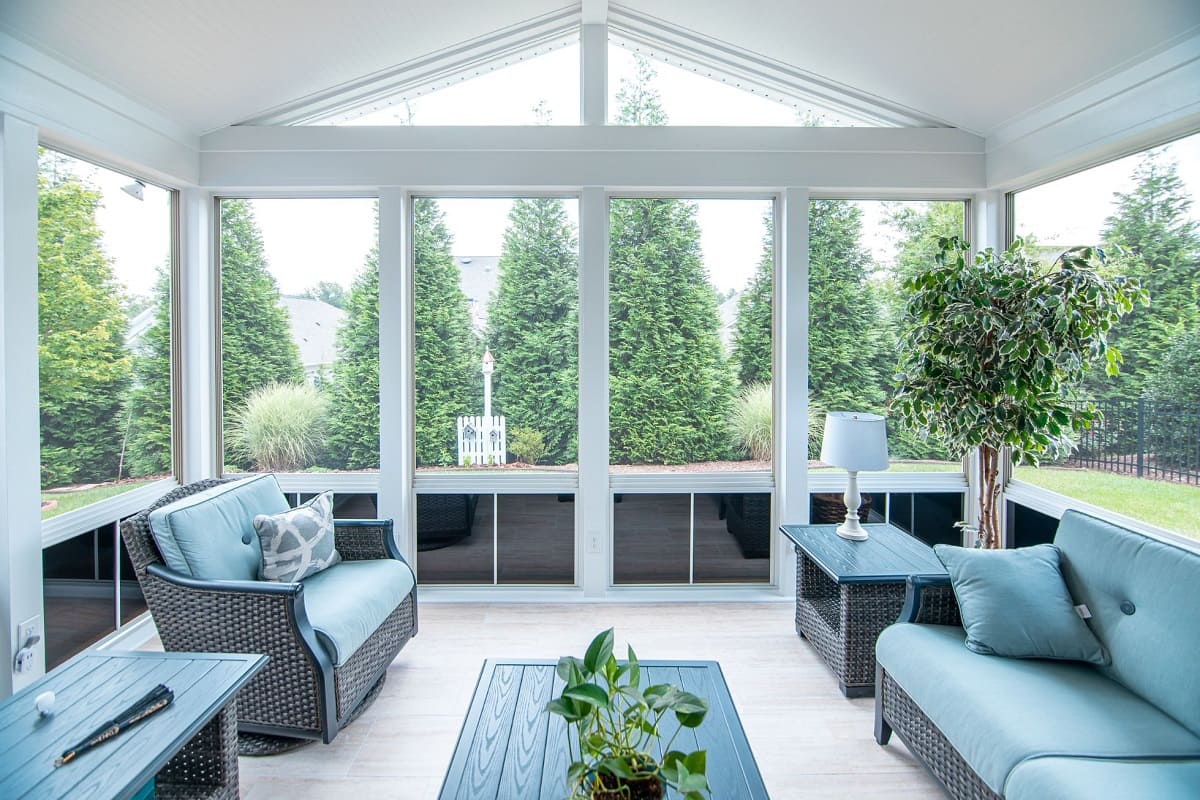

Home Renovation Guides
What Is A 3-Season Sunroom
Published: January 17, 2024
Learn about 3-season sunrooms and their benefits for your home renovation project with our comprehensive guide. Discover design ideas and cost considerations.
(Many of the links in this article redirect to a specific reviewed product. Your purchase of these products through affiliate links helps to generate commission for Storables.com, at no extra cost. Learn more)
**
Introduction
**
Welcome to the world of home renovation, where the possibilities are as vast as your imagination. One of the most delightful additions to any home is a 3-season sunroom, a space that seamlessly blends the comfort of indoor living with the beauty of the outdoors. In this comprehensive guide, we will explore the definition, benefits, considerations, and costs associated with building a 3-season sunroom. Whether you’re a homeowner looking to expand your living space or a renovation enthusiast seeking inspiration, this article will provide valuable insights into the world of 3-season sunrooms.
Key Takeaways:
- Embrace the beauty of nature with a 3-season sunroom, a versatile space for relaxation and entertainment, seamlessly blending indoor comfort with outdoor allure.
- Careful planning and budgeting are essential for building a 3-season sunroom, creating a captivating retreat that enhances your home and lifestyle.
Read more: What Is A 3 Season Porch
Definition of a 3-Season Sunroom
A 3-season sunroom, also known as a three-season room, is a versatile and inviting space designed to be enjoyed during the spring, summer, and fall months. Unlike a 4-season sunroom, which is equipped with heating and insulation for year-round use, a 3-season sunroom is typically not insulated and does not have a dedicated heating system. This makes it an ideal retreat for warm-weather relaxation, providing a comfortable and sheltered area to soak up the sun, entertain guests, or simply unwind in a tranquil setting.
Featuring expansive windows and often a vaulted ceiling, a 3-season sunroom is designed to maximize natural light and offer unobstructed views of the surrounding landscape. These sunrooms are commonly constructed with durable materials such as aluminum, vinyl, or wood, and are equipped with screens to allow for ventilation while keeping insects at bay. The open and airy design of a 3-season sunroom creates a seamless connection to the outdoors, making it a popular choice for homeowners seeking to bring the beauty of nature closer to their everyday living space.
Benefits of a 3-Season Sunroom
Embracing the concept of indoor-outdoor living, a 3-season sunroom offers a myriad of benefits that enhance the overall enjoyment and functionality of a home. Here are some compelling advantages of adding a 3-season sunroom to your property:
- Connection with Nature: A 3-season sunroom provides a tranquil sanctuary where you can bask in the beauty of the outdoors without being exposed to the elements. Whether it’s enjoying a morning cup of coffee while watching the sunrise or unwinding with a good book as the sun sets, this space allows you to immerse yourself in nature’s splendor.
- Versatile Entertainment Area: With its open and inviting ambiance, a 3-season sunroom serves as an ideal setting for hosting gatherings, entertaining guests, or simply enjoying quality time with family and friends. The seamless transition between indoor comfort and outdoor allure creates a welcoming environment for socializing and creating lasting memories.
- Increased Living Space: Adding a 3-season sunroom expands the usable square footage of your home, providing a flexible area for relaxation, hobbies, exercise, or even dining. This versatile space can be customized to suit your specific needs, offering a refreshing change of scenery without leaving the comfort of your home.
- Enhanced Property Value: A well-designed 3-season sunroom can significantly boost the overall appeal and market value of your home. Potential buyers are often drawn to the allure of a sunroom, appreciating the seamless integration of indoor and outdoor living, which can make your property stand out in the real estate market.
- Mood-Boosting Environment: Sunrooms are renowned for their ability to uplift spirits and promote relaxation. The abundance of natural light and the feeling of being surrounded by the outdoors can contribute to a positive and rejuvenating atmosphere, making the sunroom a go-to space for unwinding and rejuvenation.
These benefits collectively make a 3-season sunroom a valuable and cherished addition to any home, offering a harmonious blend of comfort, style, and connection with the natural world.
A 3-season sunroom is a room addition to a house that is designed to be used during the spring, summer, and fall months, but not during the winter. It typically features large windows to let in natural light and provide a connection to the outdoors.
Considerations for Building a 3-Season Sunroom
When contemplating the construction of a 3-season sunroom, several important considerations come into play to ensure that the end result aligns with your vision and practical needs. Here are key factors to keep in mind:
- Location and Orientation: Selecting the optimal location for your sunroom is crucial. Consider the orientation in relation to the sun’s path throughout the day, as well as the surrounding landscape. Maximizing natural light and scenic views will enhance the allure of your sunroom.
- Permits and Regulations: Before embarking on the construction process, it’s essential to research local building codes, zoning regulations, and permit requirements. Compliance with these guidelines is vital to avoid potential setbacks and ensure the legality of your project.
- Design and Aesthetics: The design of your 3-season sunroom should harmonize with the architectural style of your home while reflecting your personal taste. From the choice of materials and color schemes to the inclusion of decorative elements, attention to these details will contribute to a cohesive and visually appealing space.
- Ventilation and Insulation: While a 3-season sunroom is not equipped for year-round use, proper ventilation and insulation are essential for comfort and energy efficiency. Incorporating operable windows, ceiling fans, and insulated flooring will contribute to a pleasant environment during warmer months.
- Functionality and Furnishings: Consider how you intend to utilize the space and tailor its layout accordingly. Whether it’s a cozy reading nook, a dining area, or a multifunctional retreat, thoughtful planning of furnishings and accessories will optimize the functionality of your sunroom.
- Professional Installation: Entrusting the construction of your 3-season sunroom to experienced professionals is paramount. From architects and contractors to electricians and HVAC specialists, assembling a skilled team will ensure the successful realization of your vision.
By carefully addressing these considerations, you can embark on the journey of building a 3-season sunroom with confidence, knowing that every aspect has been thoughtfully evaluated to create a space that seamlessly integrates with your lifestyle and enhances the appeal of your home.
Cost of Building a 3-Season Sunroom
The cost of constructing a 3-season sunroom can vary significantly depending on several factors, including the size of the sunroom, the materials used, the complexity of the design, and the region in which the home is located. While providing an exact figure is challenging due to these variables, it’s helpful to consider the following cost components when planning for your 3-season sunroom project:
- Materials: The choice of materials, such as the framing, windows, doors, flooring, and roofing, will greatly influence the overall cost. Opting for high-quality, durable materials may entail a higher initial investment but can contribute to the long-term functionality and aesthetic appeal of the sunroom.
- Size and Complexity: The size and intricacy of the sunroom design will directly impact the construction costs. Larger sunrooms or those featuring custom elements, such as vaulted ceilings or intricate architectural details, may require a larger budget to accommodate the additional labor and materials involved.
- Labor and Installation: The cost of labor, including the services of contractors, carpenters, electricians, and other professionals, is a significant component of the overall expense. Skilled labor is essential for ensuring the structural integrity and quality craftsmanship of your sunroom.
- Permits and Inspections: Budgeting for necessary permits, inspections, and potential architectural or engineering services is essential. Compliance with building codes and regulations is non-negotiable and should be factored into the overall cost of the project.
- Additional Features: Consideration should be given to any additional features or amenities you wish to incorporate, such as heating and cooling systems, electrical outlets, lighting fixtures, or decorative elements. These elements will contribute to the overall comfort and functionality of the sunroom but will also impact the total cost.
It’s advisable to consult with reputable contractors and obtain multiple quotes to gain a clear understanding of the potential costs associated with building a 3-season sunroom. By carefully evaluating these cost factors and establishing a realistic budget, you can embark on your sunroom project with confidence, knowing that you are well-prepared for the financial investment required to create a captivating and inviting outdoor retreat.
Conclusion
Embarking on the journey of building a 3-season sunroom is an exciting endeavor that offers a wealth of benefits, from connecting with nature and expanding your living space to enhancing the overall value and appeal of your home. By understanding the definition, benefits, considerations, and costs associated with 3-season sunrooms, you are equipped with valuable insights to guide you through the planning and construction process.
As you envision the possibilities of your future sunroom, remember that thoughtful consideration of key factors such as location, design, functionality, and budget is essential for creating a space that seamlessly integrates with your lifestyle and reflects your personal style. Whether it’s a tranquil retreat for relaxation, a versatile entertainment area for socializing, or a captivating extension of your home’s aesthetic, a 3-season sunroom has the potential to become a cherished sanctuary for you and your loved ones.
As you embark on this transformative project, consider enlisting the expertise of seasoned professionals to bring your vision to life with precision and craftsmanship. From the initial planning stages to the final touches, their guidance and skill will be invaluable in creating a sunroom that exceeds your expectations and fulfills your aspirations for a harmonious indoor-outdoor living space.
With careful planning, attention to detail, and a clear understanding of the costs and considerations involved, you can embark on the construction of your 3-season sunroom with confidence, knowing that you are embarking on a journey that will enhance your home and lifestyle for years to come.
Frequently Asked Questions about What Is A 3-Season Sunroom
Was this page helpful?
At Storables.com, we guarantee accurate and reliable information. Our content, validated by Expert Board Contributors, is crafted following stringent Editorial Policies. We're committed to providing you with well-researched, expert-backed insights for all your informational needs.
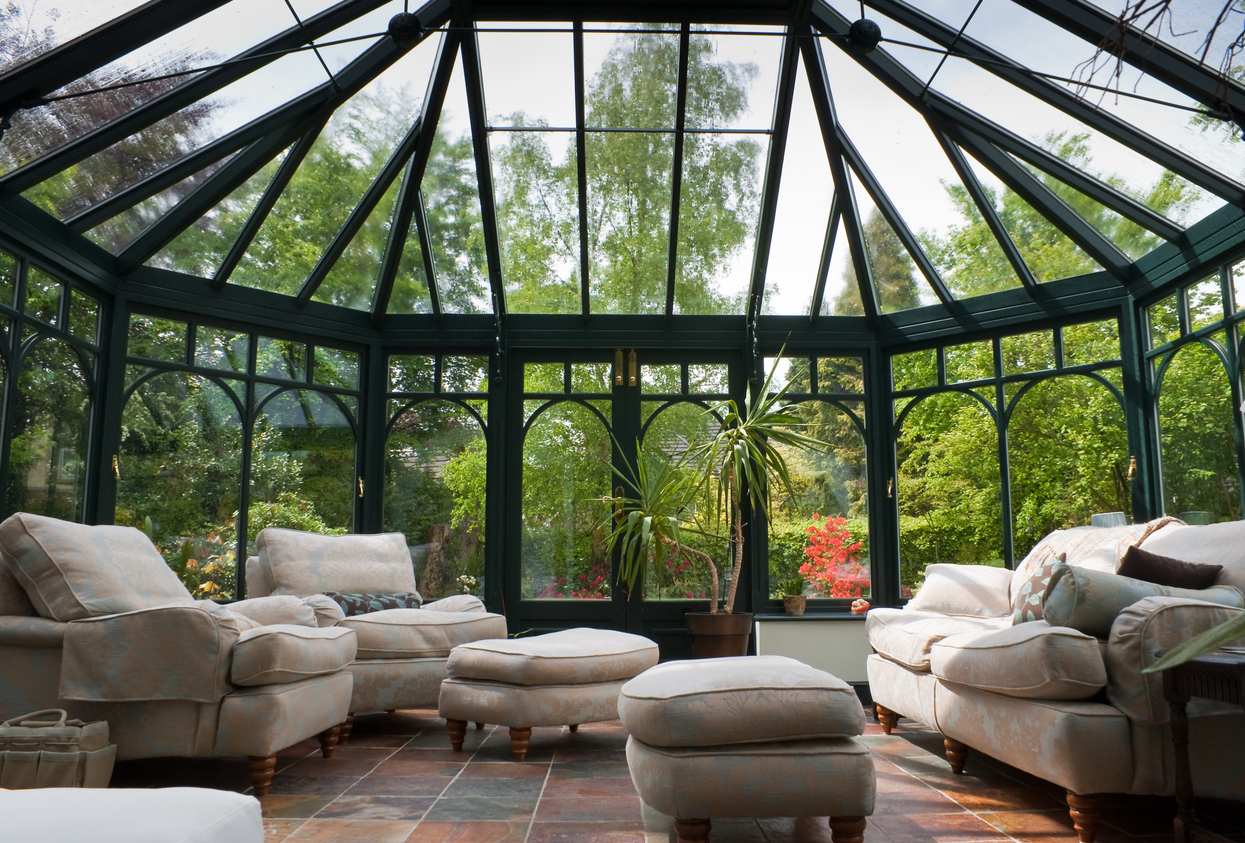
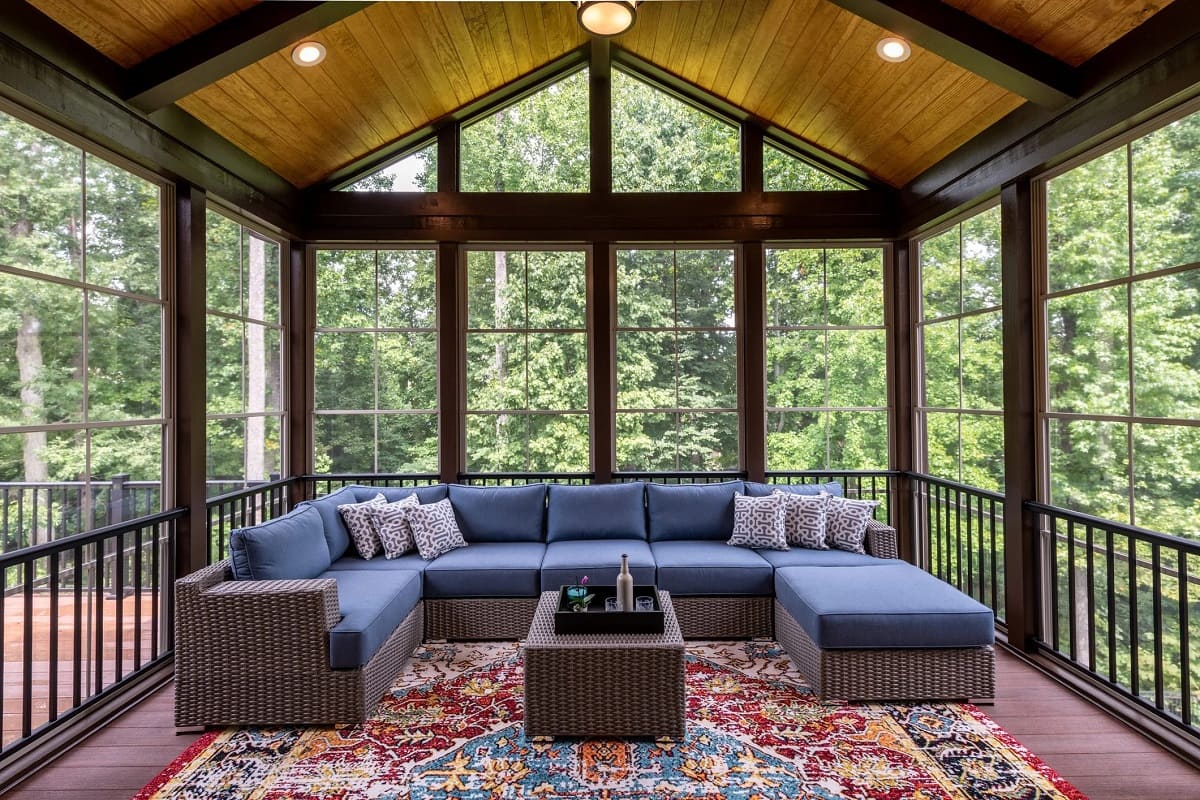
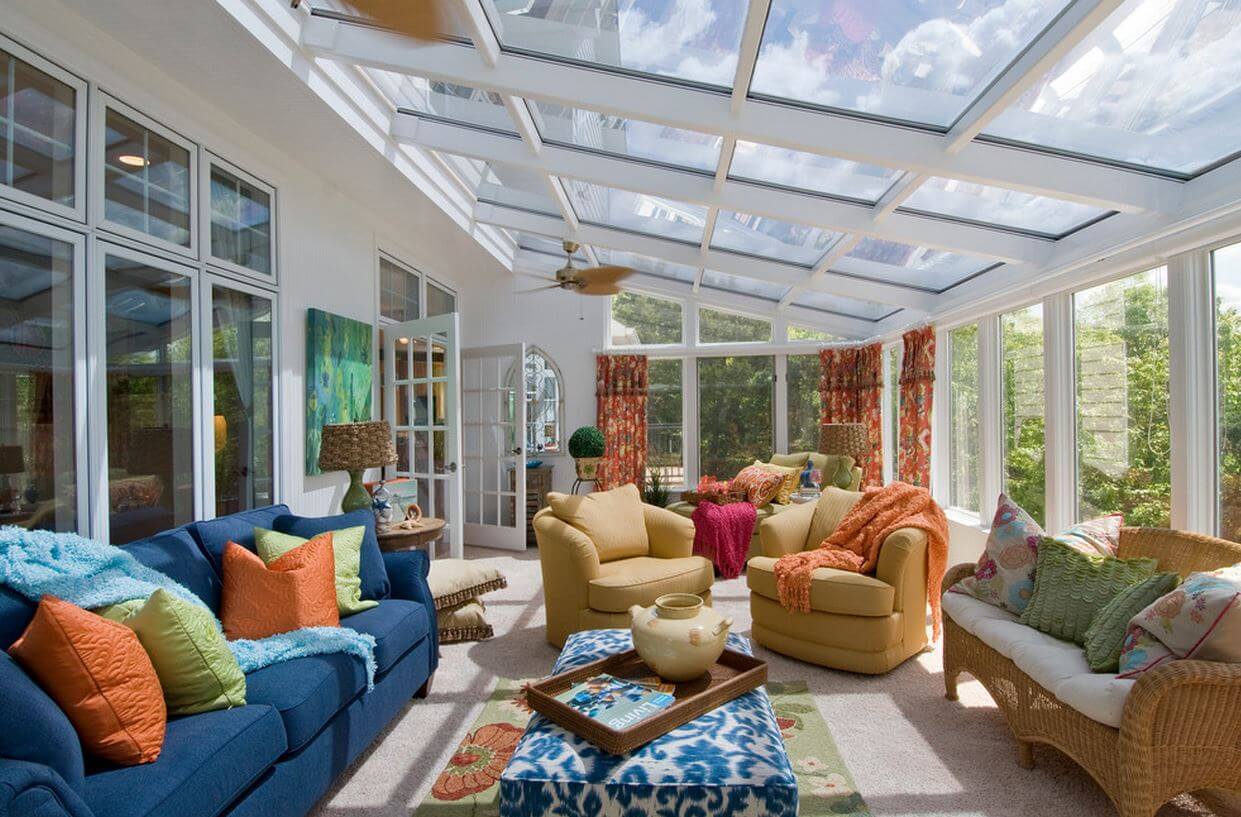
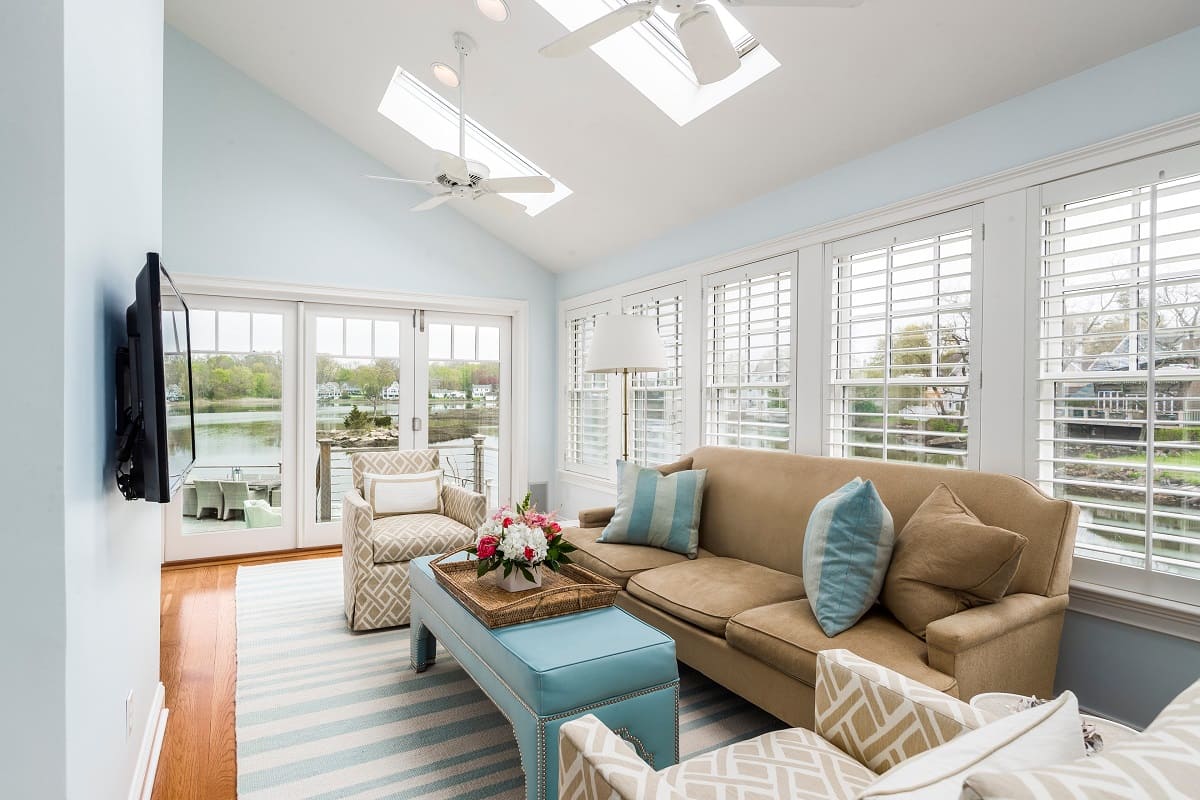
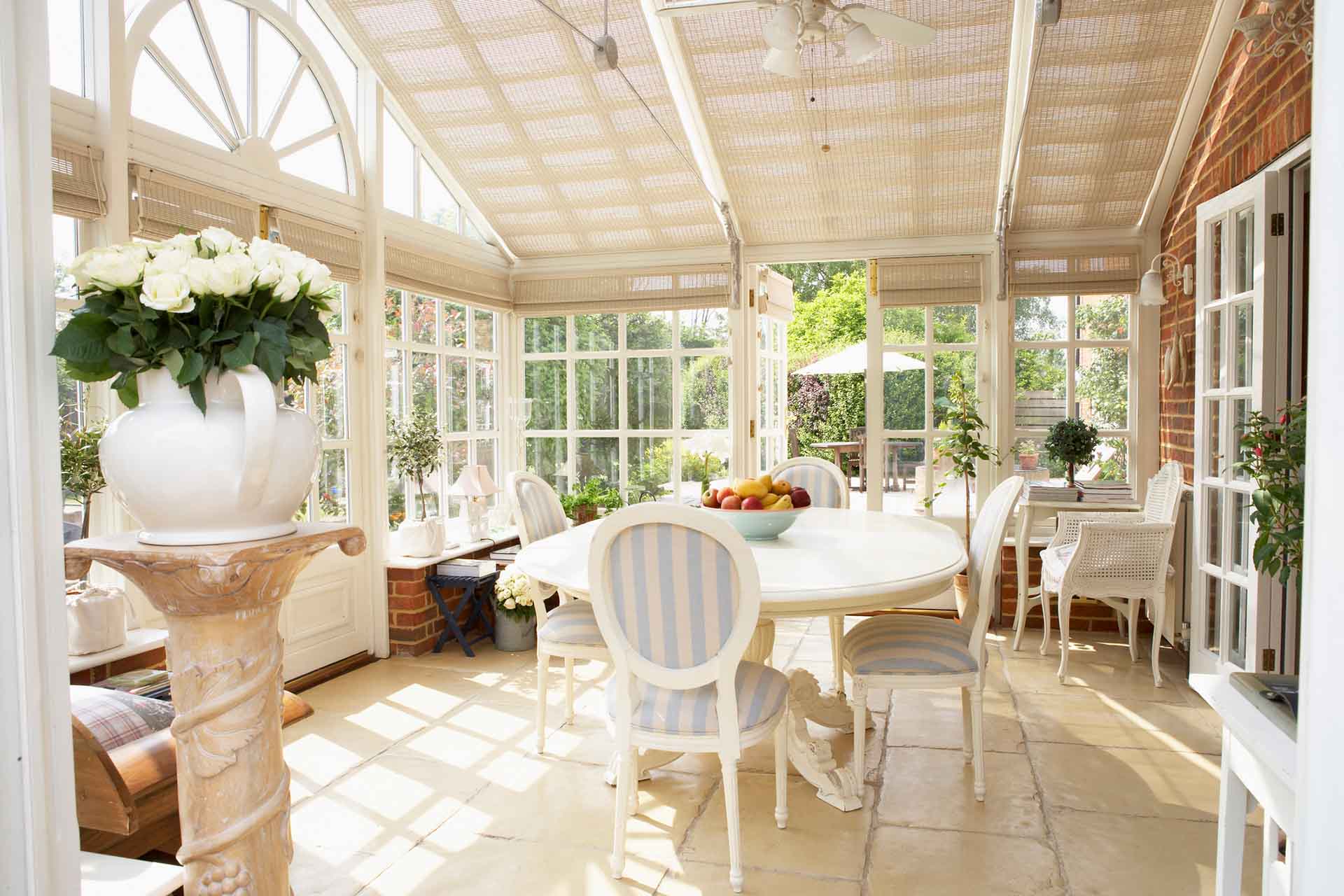
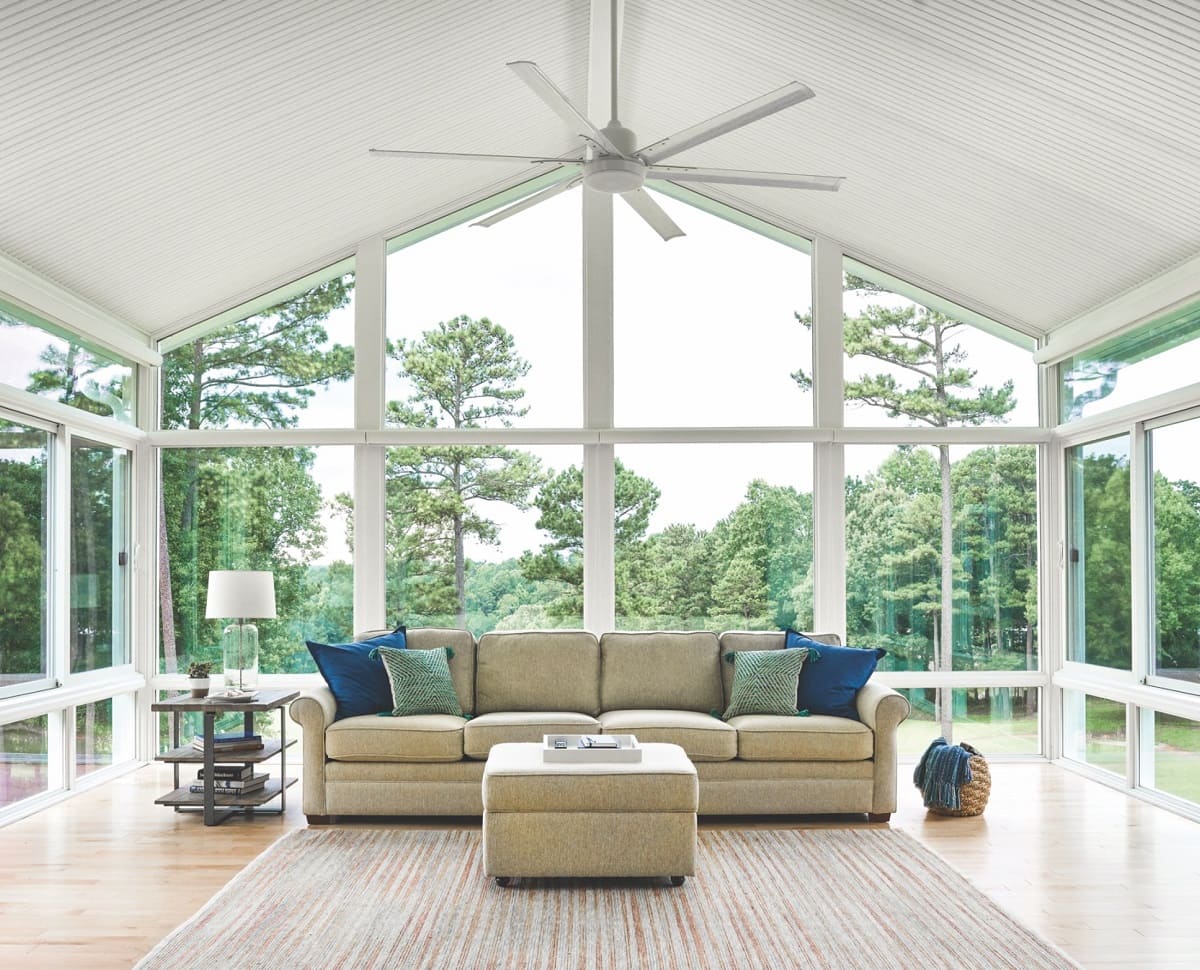
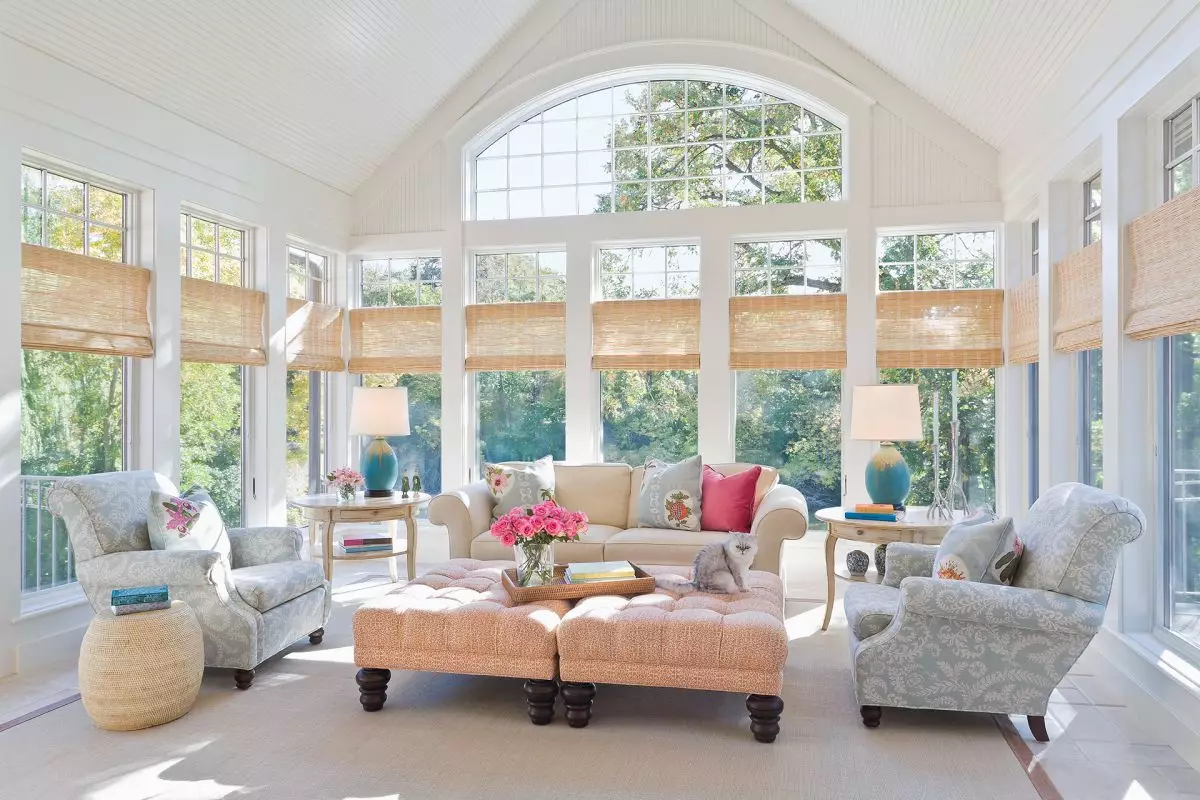
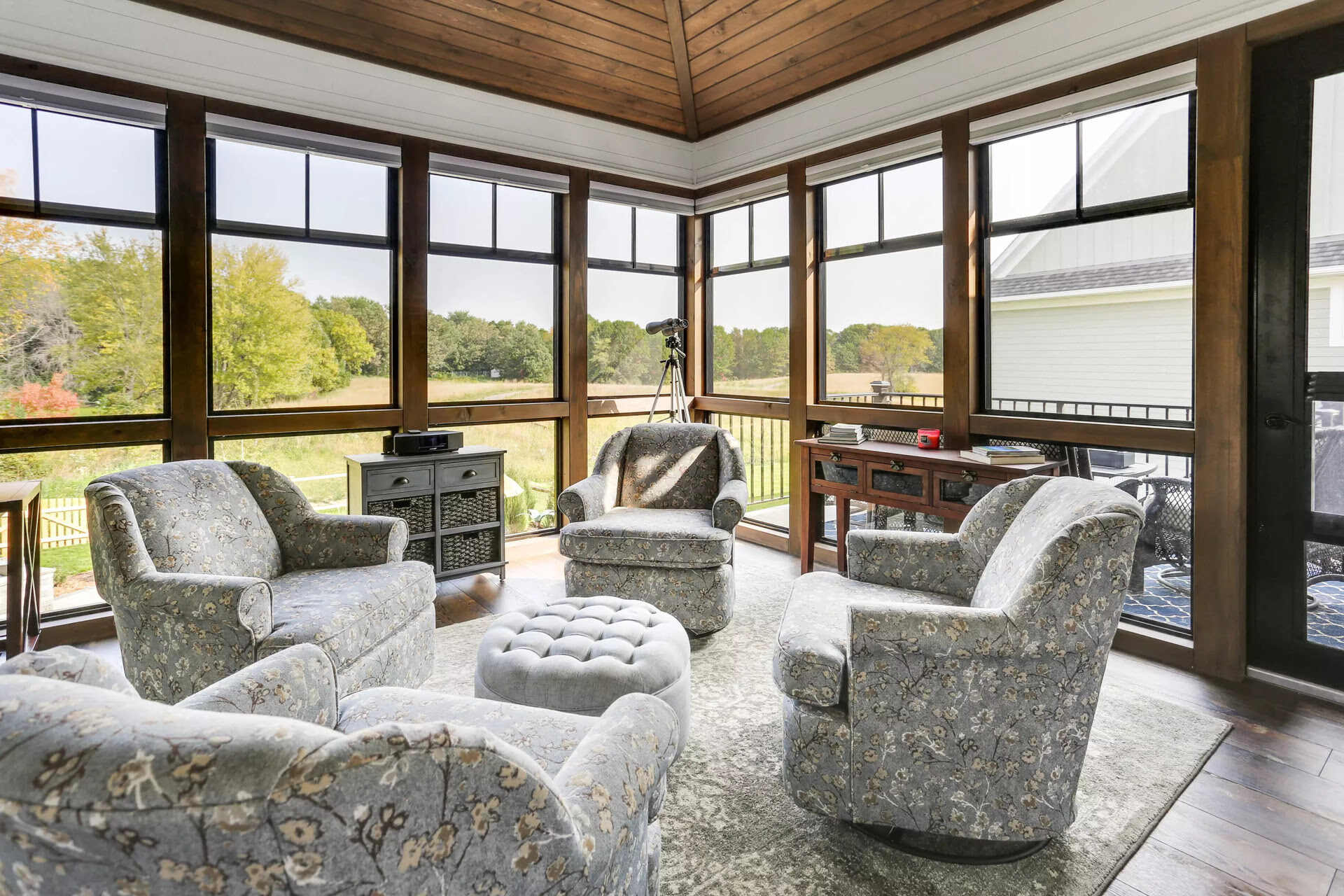

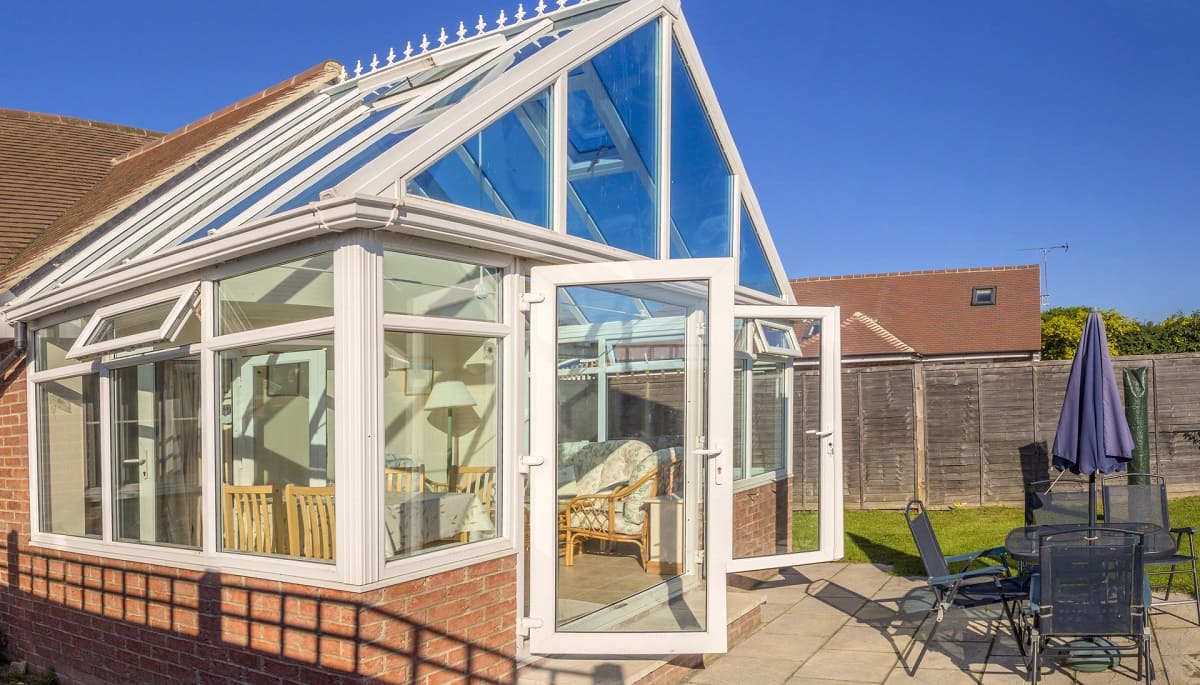
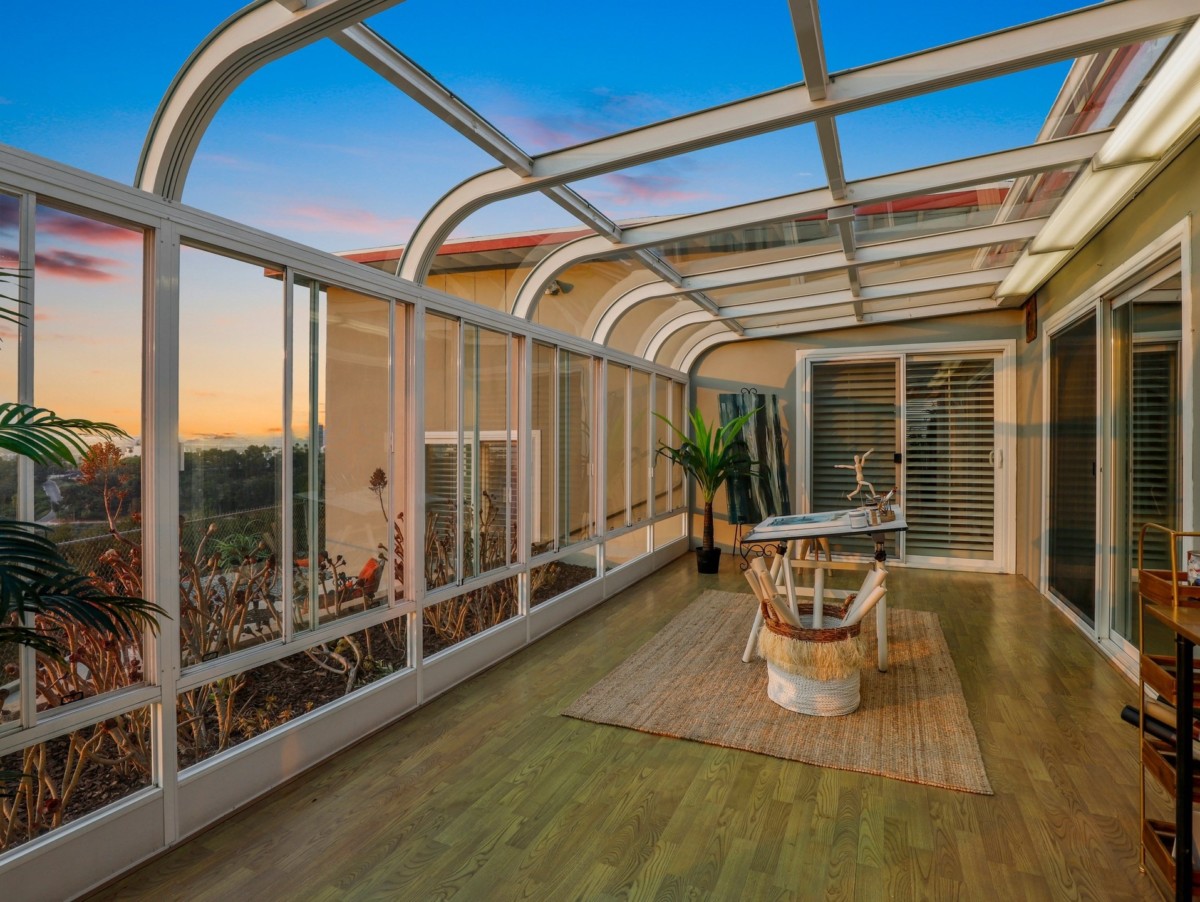

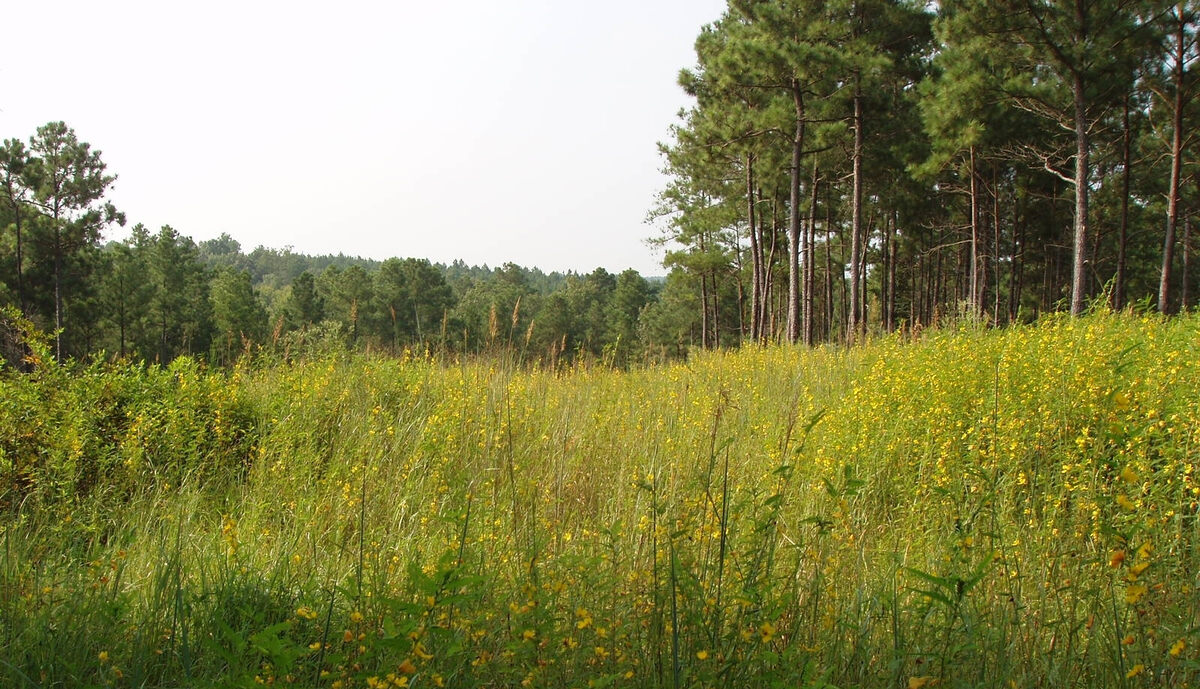
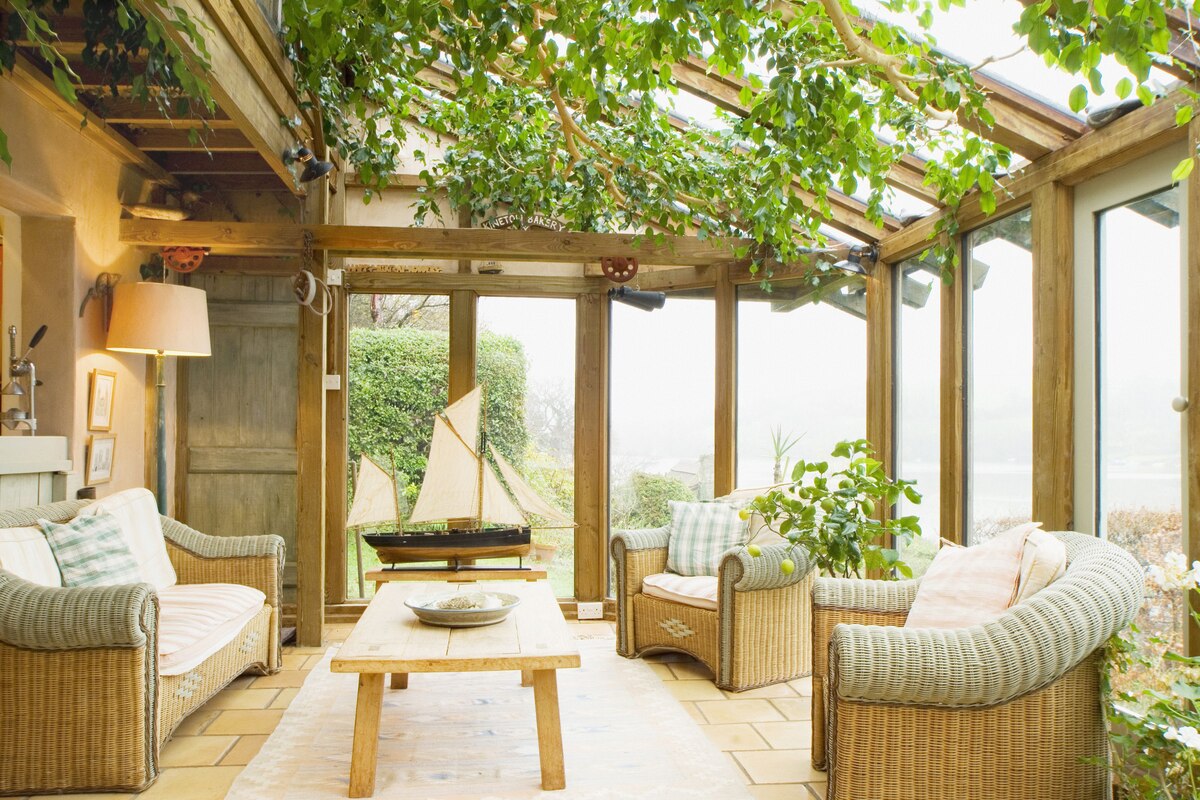

0 thoughts on “What Is A 3-Season Sunroom”